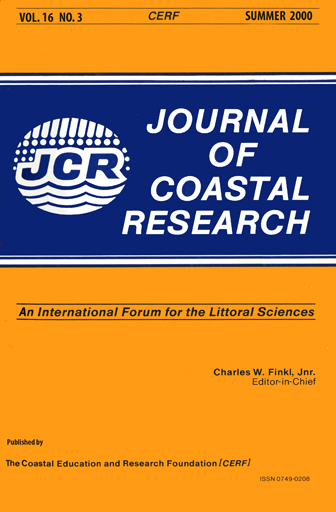Hydro-Isostatic and Tectonic Influences on Emergent Holocene Paleoshorelines in the Mariana Islands, Western Pacific Ocean
Keywords:
Algal rim, forearc, fringing reef, Guam, island arc, paleoreef, Rota, Saipan, seismicity, shoreline notch, TinianAbstract
Emergent paleoreef flats and paleoshoreline notches in the Mariana Islands document the effects of a mid-Holocene highstand in regional hydro-isostatic sea level and post-mid-Holocene forearc uplift of selected islands. Global hydro-isostatic calculations imply for Micronesia an a really variable magnitude of 0.6-2.7 m for the mid-Holocene highstand, relative to modern sea level, and radiocarbon ages for emergent reef flats and rubble terraces indicate a peak during the interval 4750-2250 yrs BP. In the tectonically stable region of Micronesia southeast of the Mariana Islands, emergences of paleoshorelines by 1.1-2.4 m closely match hydro-isostatic expectations for each island group. In the Mariana Islands, Saipan, Tinian, and southern Guam display emergent mid-Holocene paleoreef flats and paleoshoreline notches standing 1.2-2.0 m above modern counterparts, within the range of 0.8-2.1 m expected from hydro-isostatic theory. With allowance for minor tectonic subsidence locally, average hydro-isostatic emergence for the Mariana Islands is estimated as 1.8 m. Northern Guam and Rota display paleoshoreline emergences in excess of hydro-isostatic expectation, implying 0.8 m and 1.2 m of post-mid-Holocene tectonic uplift, respectively. Subduction of an oceanic seamount chain beneath the segment of the forearc belt beneath Rota and northern Guam probably accounts for subregional tectonic uplift, and also for enhanced interplate coupling responsible for anomalous seismicity. Post-mid-Holocene drawdown in relative sea level influenced the development of attractive environments for human settlement, which began in the Mariana Islands c. 3500 yrs BP.


